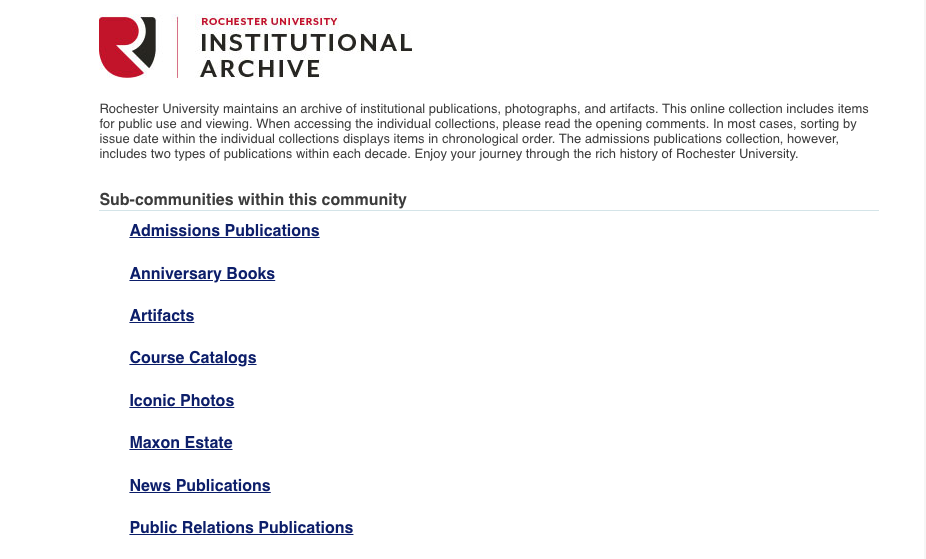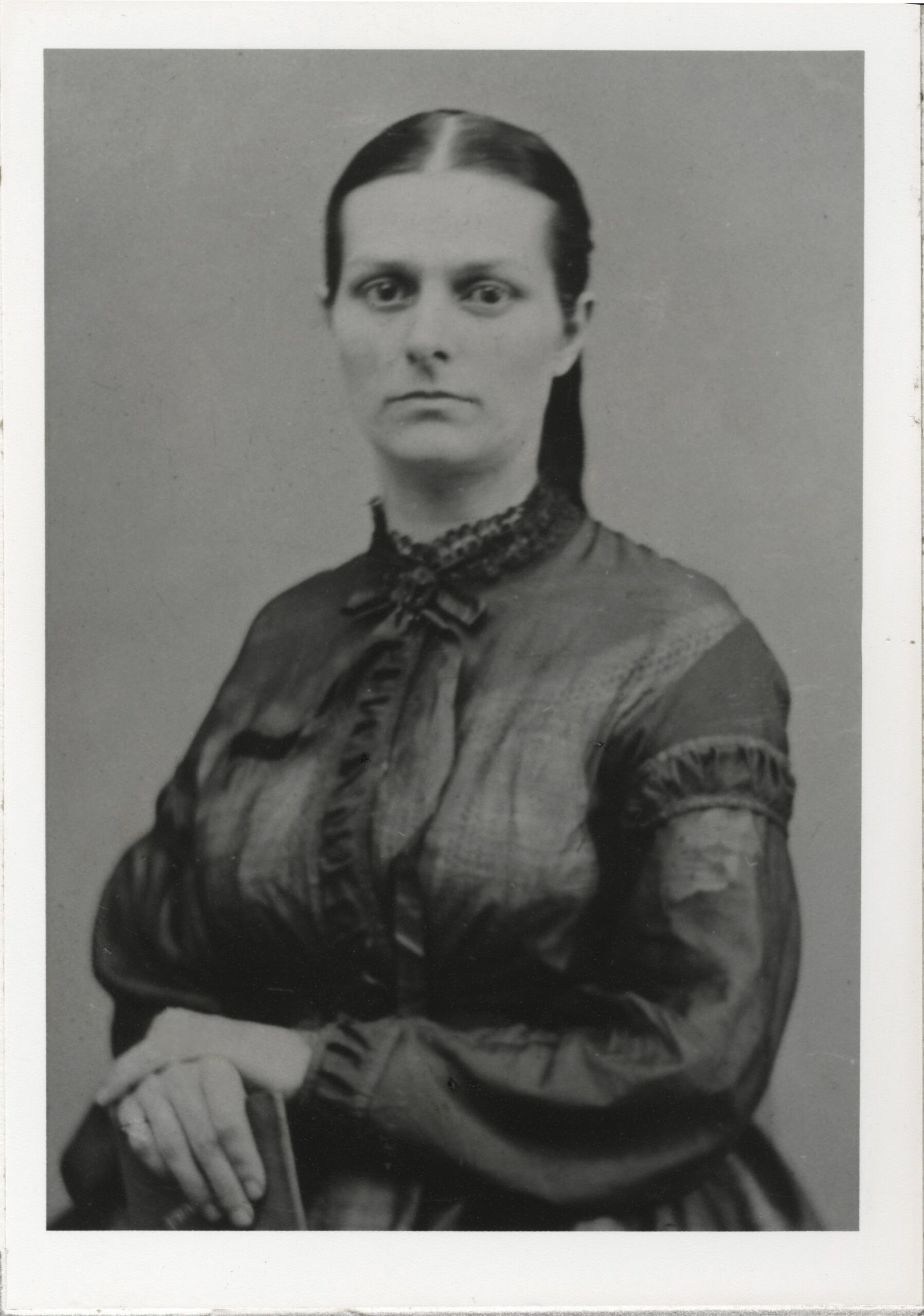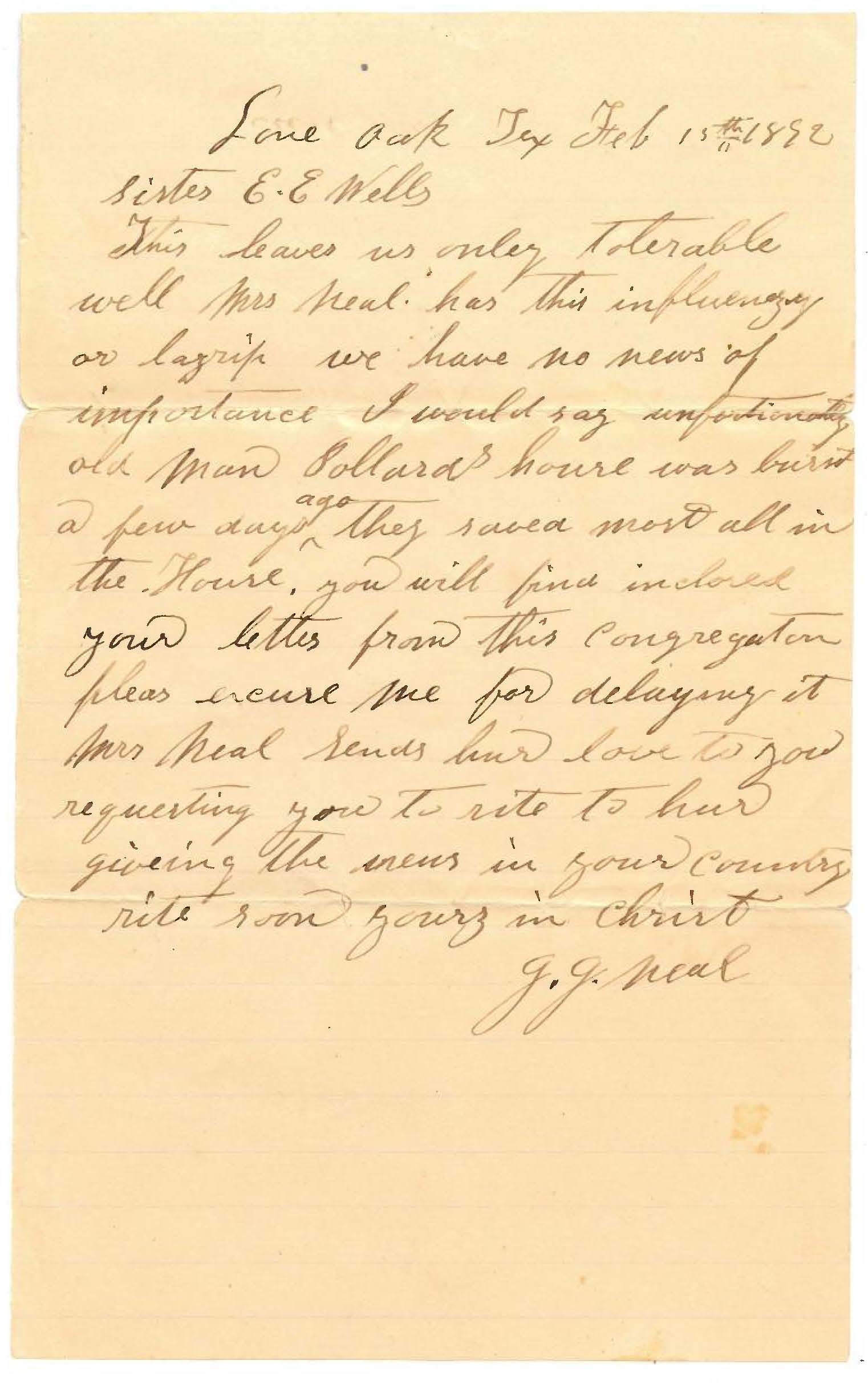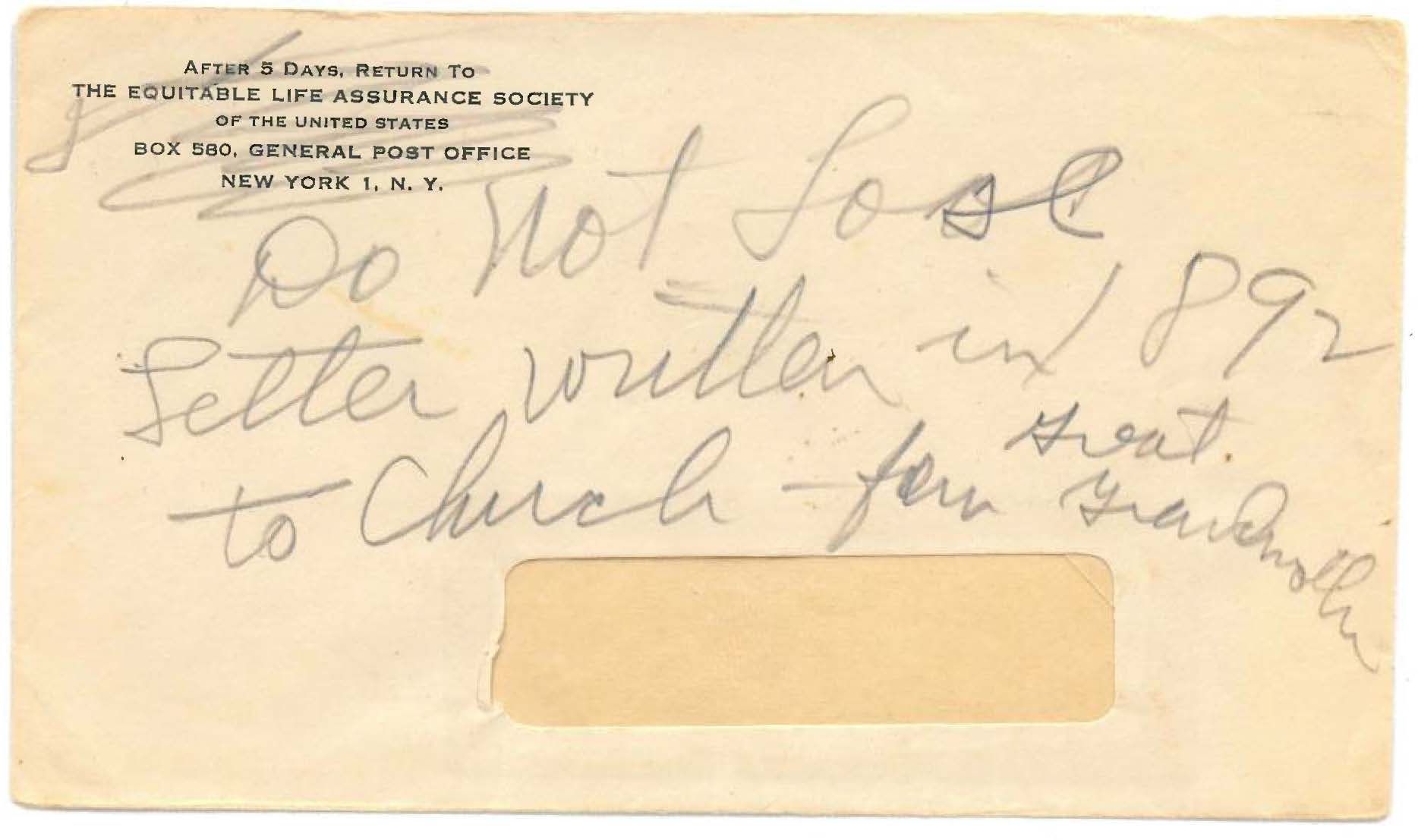Our friends at Rochester University have just completed a major addition of over 800 new items to their institutional repository. It is rich in university history and publications, and the online archive contains a very nice set of items relating to Michigan Churches of Christ and digitized issues of Integrity Magazine. Check them out!
Author Archives: Mac Ice
On the Shelf: New items added to Center for Restoration Studies collections, May 2020
In May our colleagues in Technical Services and Cataloging added 230 items to the Center for Restoration Studies, University Archives, and Rare Books collections. Among them are books, periodical issues (both bound volumes and many boxes of unbound issues), and a few A/V items in various formats. Most of the additions this months to ‘unbound periodicals’ are publications by a single congregation, yet the bulletin was intended for wider distribution than the local congregation and contained teaching content rather than strictly news information. Like last month, nearly all items added in May are not only new to us, the work performed on them reflects original cataloging, which is a tremendous contribution to knowledge about information resources from and about the Stone-Campbell Movement.

‘The Late Mrs. John Lawrie’ from Jubilee Pictorial History of Churches of Christ in Australasia, 1903, page 31
Our goal is to build a comprehensive research-level collection of print materials by, for, and about the Stone-Campbell Restoration Movement. But beyond assembly and preservation, a collection should be discoverable by those who need the information. Collecting and preserving is only part of our task; those objects must be described and made available. Thanks to the close and careful work of our colleagues upstairs, who describe our holdings, these materials are now discoverable. By discoverable I mean a patron can utilize our online catalog (such as by searching by author, or title, or subject) to find these materials.
230 new items…cataloged, shelved, and ready for research: Continue reading
From the collection: a letter of recommendation from the Church of Christ at Lone Oak, Texas, 1892
Here is a letter of dismissal from the Church of Christ at Lone Oak, Texas, to Eunice Wells, dated “1st Lord’s day January, 1892.” The letter commends Eunice to a congregation of “Disciples of Christ wherever [it] may be presented.” This was a common practice until well into the 20th century. The occasion prompting the letter was a move from Lone Oak that would eventually take her to far West Texas.

A letter of dismissal from the Church of Christ at Lone Oak, Texas, to Eunice Wells, dated “1st Lord’s day January, 1892,” Texas–Lone Oak, Congregational Vertical File. Center for Restoration Studies. Milliken Special Collections, Brown Library. Abilene Christian University, Abilene, TX.
Eunice Emily Davis Wells Thompson is the great-grandmother of Dr. Kenneth Pybus, ACU Associate Professor and Chair of Journalism and Mass Communication, who supplies this information: “My great-great-grandmother, Eunice Emily Davis Wells Thompson, was born in 1839 in Tennessee. She moved to East Texas as a child and married Ed Wells. They lived in Lone Oak and had four sons. After she was widowed, she married James R. Thompson and had another son. She and several sons left Lone Oak in 1892, moving for a time to Archer City and ultimately to Quanah, Texas, where she died at age 79. Several of her Wells and Thompson descendants attended ACU, including my grandfather, Sanford Rodgers Thompson, my sister, and several of my cousins. In fact, I know of one third cousin who went to ACU who’s a descendant, Gaylynn Wells Neas. (’92).”

Photograph of Eunice Wells, ca. 1892, Texas–Lone Oak, Congregational Vertical File. Center for Restoration Studies. Milliken Special Collections, Brown Library. Abilene Christian University, Abilene, TX.
Kenneth’s grandfather donated the letter several years ago. He says, “Sanford Rodgers Thompson (‘41). He was a resident of Lake Jackson, Texas, and was employed as a chemist by Dow Chemical. He served as an elder at Lake Jackson Church of Christ for 40 years and died Feb. 18, 2010.”

Correspondence accompanying a letter of dismissal from the Church of Christ at Lone Oak, Texas, to Eunice Wells, dated “1st Lord’s day January, 1892,” Texas–Lone Oak, Congregational Vertical File. Center for Restoration Studies. Milliken Special Collections, Brown Library. Abilene Christian University, Abilene, TX.

Envelope accompanying letter of dismissal from the Church of Christ at Lone Oak, Texas, to Eunice Wells, dated “1st Lord’s day January, 1892,” Texas–Lone Oak, Congregational Vertical File. Center for Restoration Studies. Milliken Special Collections, Brown Library. Abilene Christian University, Abilene, TX.
Kenneth sent us this photograph of Eunice, taken about the time she moved from Lone Oak. This is a very nice example of a church dismissal letter, and one of the few in our collection. It is also especially nice to have a photograph to accompany the letter.
